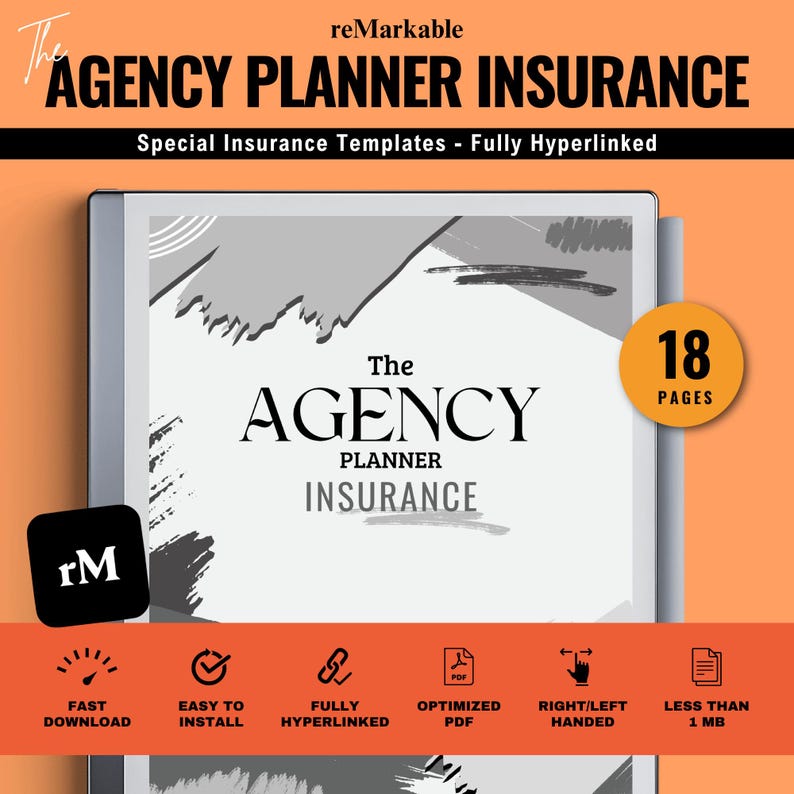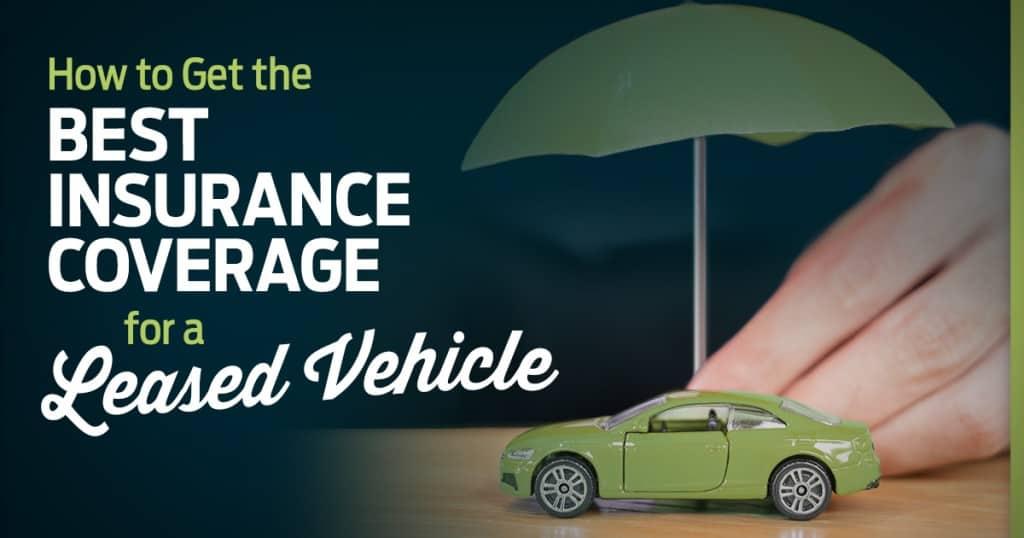When it comes to driving a leased or financed vehicle, securing the right car insurance isn’t just a smart move—it’s often a requirement. Unlike fully owned cars, leased and financed vehicles come with specific insurance mandates designed to protect both you and the lender. Navigating these requirements while finding coverage that fits your budget and offers comprehensive protection can feel overwhelming. In this article, we’ll break down essential car insurance tips tailored for leased and financed vehicles, helping you make informed decisions and drive with peace of mind. Whether you’re new to leasing or financing, or simply looking to optimize your current policy, these insights will set you on the right path.
Table of Contents
- Choosing the Right Coverage for Leased and Financed Cars
- Understanding Gap Insurance and Its Importance
- Maximizing Savings with Bundled Insurance Policies
- Navigating Lease and Lender Insurance Requirements
- Final Thoughts
Choosing the Right Coverage for Leased and Financed Cars
When it comes to insuring a leased or financed car, it’s crucial to understand that your coverage requirements often extend beyond what you might choose for a fully owned vehicle. Lenders and leasing companies typically mandate comprehensive and collision coverage to protect their investment, which means you can’t just opt for minimum liability insurance. Before selecting your policy, closely review the financing or lease agreement to ensure your coverage aligns with their stipulations and avoids any potential penalties or out-of-pocket expenses in case of an accident.
To tailor your insurance effectively, consider the following factors:
- Gap Insurance: This protects you if your vehicle is totaled or stolen, covering the difference between your car’s actual cash value and the remaining balance on your lease or loan.
- Higher Deductibles: Balancing premiums with deductibles can help you manage costs, but make sure the deductible is affordable in case of a claim.
- State Requirements and Lender Mandates: Ensure your policy meets or exceeds both your state’s minimum insurance laws and any additional lender requirements.
Understanding Gap Insurance and Its Importance
When you finance or lease a vehicle, the outstanding balance on your loan or lease can often exceed the car’s actual cash value, especially in the first few years. This is where gap insurance plays a crucial role. It bridges the “gap” between what your standard auto insurance pays out if your vehicle is totaled and the amount you still owe on your car loan or lease. Without it, you could be left responsible for paying the difference out of pocket, which can be a significant financial burden.
Key benefits to keep in mind include:
- Financial Protection: Covers the remaining loan balance beyond the car’s depreciated value, ensuring you don’t incur unexpected expenses.
- Peace of Mind: Offers assurance that your investment is safeguarded, even if your vehicle suffers a total loss from theft or accident.
- Cost-Effective: Usually affordable to add to your existing insurance policy or lease agreement—worth every penny compared to potential out-of-pocket costs.
Maximizing Savings with Bundled Insurance Policies
When insuring a leased or financed vehicle, combining multiple insurance policies under one provider can lead to substantial financial benefits. Many insurers offer attractive discounts when you bundle your car insurance with other types of coverage, such as homeowners, renters, or even life insurance. This approach not only streamlines your payments but also simplifies policy management by having a single point of contact for claims and inquiries. Bundled policies often come with perks like accelerated claim processing and loyalty rewards, which add further value beyond just cost savings.
To maximize the advantages of bundling, consider the following key strategies:
- Compare bundle packages: Evaluate different insurers to find the most comprehensive and affordable combination of coverages.
- Assess your coverage needs: Ensure the bundled policies meet all lender requirements and protect you adequately without paying for unnecessary extras.
- Ask about multi-vehicle discounts: If you insure more than one car, bundling can multiply your savings.
- Leverage loyalty benefits: Staying with the same insurer over time can unlock additional discounts and perks.
By thoughtfully combining your insurance policies, you can enjoy enhanced protection while keeping your overall insurance expenses manageable.
Navigating Lease and Lender Insurance Requirements
Leasing or financing a vehicle often comes with specific insurance mandates designed to protect the interests of the lender or leasing company. Typically, these requirements include maintaining comprehensive and collision coverage with limits that meet or exceed the leasing terms. Failure to comply can lead to penalties, such as forced insurance through the lender at higher rates or even jeopardizing your financial agreement. It’s crucial to carefully review your contract and verify that your policy aligns with these mandates to avoid unexpected costs or lapses in coverage.
When selecting your insurance, consider the following key elements to stay compliant and financially savvy:
- Minimum Liability Limits: Ensure your policy meets or exceeds the lease or loan requirements, which are often higher than state minimums.
- Gap Insurance: Protect yourself from the difference between the vehicle’s depreciated value and the amount owed, especially critical for leased cars.
- Deductibles: Opt for deductibles that balance affordability with the ability to cover potential out-of-pocket expenses.
- Authorized Repairs and Claims Process: Confirm that the insurer’s claims process and repair networks comply with your lease or loan agreement.
Final Thoughts
Navigating car insurance for leased and financed vehicles may seem complex, but with the right knowledge and preparation, you can secure coverage that protects both your investment and your peace of mind. By understanding the specific requirements, exploring comprehensive options, and regularly reviewing your policy, you ensure that your vehicle—and your finances—are safeguarded throughout the term of your lease or loan. Keep these tips in mind as you shop for insurance, and drive confidently knowing you’re well covered every mile of the way.






